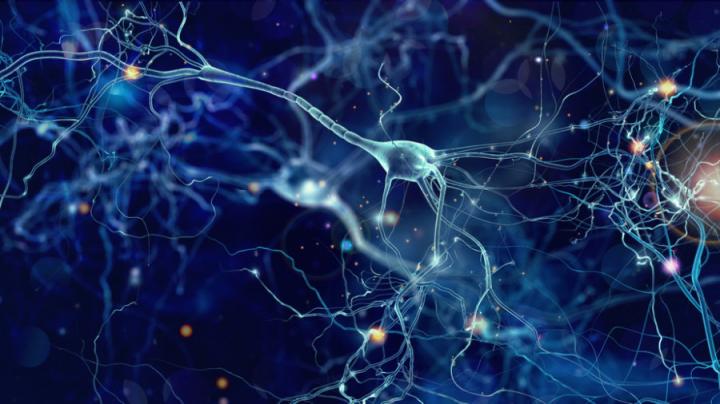Could this be the future of travel? It beats your usual bus journey!
Get the latest international news and world events from around the world.
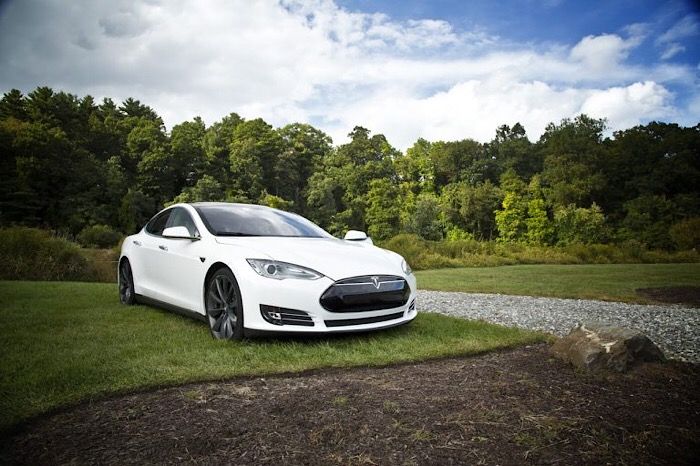
10 Surprising Ways Driverless Cars Will Change The World
When you think about the amount of time we spend behind the wheel today, whether in congestion or helping friends and family getting to and forth, being able to spend this time on other activities whilst on the move opens up a whole host of possibilities.
But not only will we have more free time, driverless cars also promise to make our roads safer and make our journeys faster.
Driverless cars are set to arrive on UK roads by 2021 according to the government and are predicted to change the face of personal mobility forever. Looking past the obvious benefits, Select Car Leasing have looked into the less predictable consequences of driverless cars.
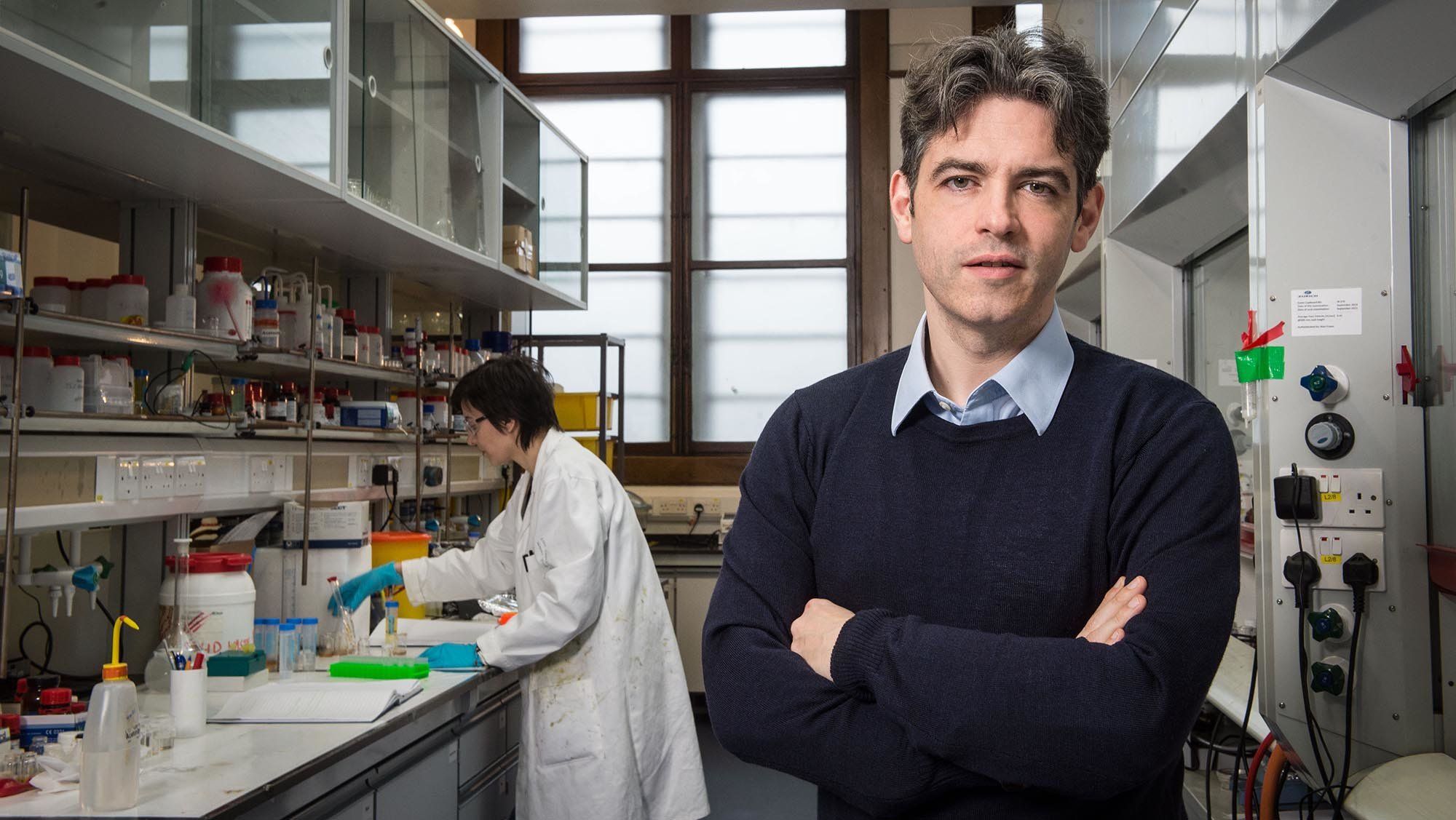
Tenfold improvement in liquid batteries mean electric car refuelling could take minutes
One of the biggest drawbacks of electric vehicles – that they require hours and hours to charge – could be obliterated by new type of liquid battery that is roughly ten times more energy-dense than existing models, according to Professor Lee Cronin, the Regius Chair of Chemistry at the University of Glasgow, UK.
What’s so special about this liquid, or flow, battery?
“A normal electric vehicle has a solid battery, and when that runs out of charge you have to recharge it by plugging it in to a power socket. This takes half an hour or so if you find a rapid charger at a motorway service station, or up to 12 hours at home. Our battery, however, is made of a liquid rather than a solid. If you run out of charge, you could in principle pump out the depleted liquid and – like a regular petrol or diesel vehicle – refill it with liquid that is ready-charged. And that would take minutes.”

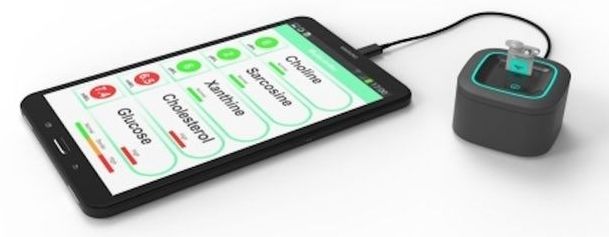
Portable “tricorder” device spots cancer or heart attack biomarkers in minutes
Researchers at the University of Glasgow have developed a small handheld device that can scan for biomarkers to quickly and easily diagnose people with certain diseases and illnesses. Inspired (as always) by Star Trek’s tricorder, the new “multicorder” is designed to help doctors track the presence or progression of an illness from just about anywhere.
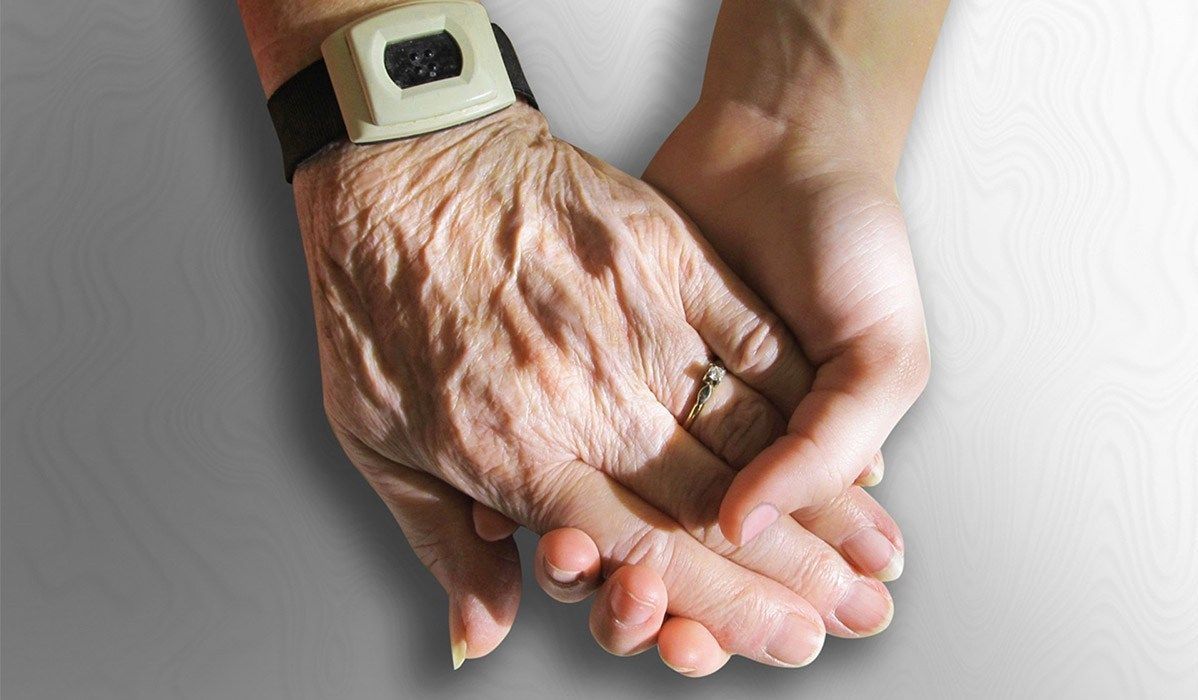
“Healthspan” & “Duty to Die” for the Elderly — Bioethicists Push Health Care Rationing
A duty to die at 75 by law?! No need to cure one disease because anyway you will die from another after 65?! A new article uncovers the dangers of going to ‘healthy’ and not longer lifespan:
2) A duty to die becomes greater as you grow older. As we age, we will be giving up less by giving up our lives, if only because we will sacrifice fewer remaining years of life and a smaller portion of our life plans… To have reached the age of, say, seventy-five or eighty years without being ready to die is itself a moral failing, the sign of a life out of touch with life’s basic realities.
3) A duty to die is more likely when you have already lived a full and rich life. You have already had a full share of the good things life offers.
Most bioethicists who denigrate the equal importance of the lives of the elderly and/or who promote age-based health-care-rationing schemes are not as explicit or impolitic in their advocacy as Hardwig. But changing the “primary goal of medicine” to “healthspan” — if involuntary or based on policy — would come perilously close to justifying that same utilitarian end.

What China Can Teach the U.S. About Artificial Intelligence
If both countries can make these shifts in perspective, then what might look like a zero-sum battle for A.I. supremacy between China and the United States will begin to resemble something totally different: an opportunity to learn across cultures and collectively advance the global project of building A.I. that improves human lives.
Visionary research is no longer the most important element of progress.
Dream realized
Ivanka’s visit to NASA.
Great day at @nasa’s Johnson Space Center with Administrator @jimbridenstine checking out new tech + innovations and meeting with students, our future scientists and astronauts, who will bring us back to the moon 🌙 🚀.
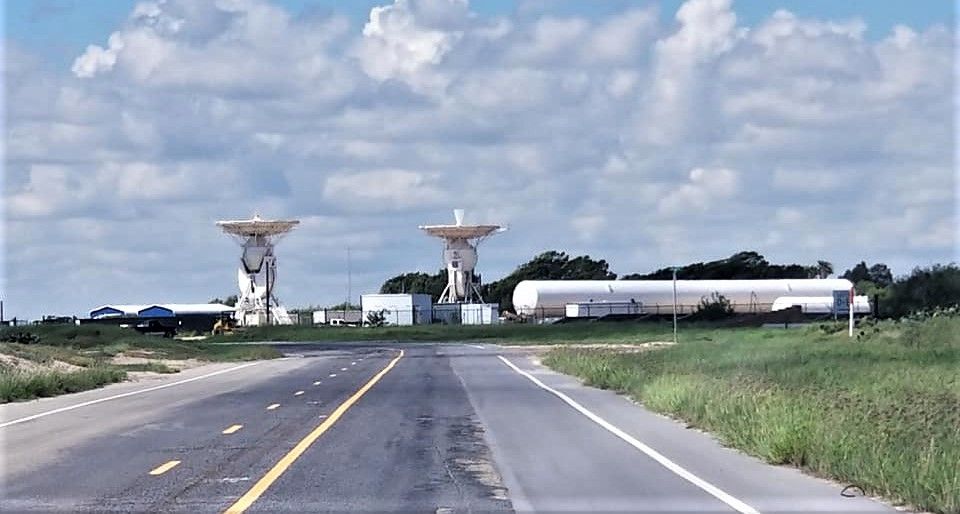
SpaceX ramps South Texas activity to prepare for 2019 BFR spaceship testing
At the same time as the hardware for SpaceX’s first BFR spaceship is entering the early stages of manufacturing, the company’s South Texas test facility is slowly taking shape after more than 18 months of what can be fairly described as hibernation.
The likeliest location for a near-future spaceship test stand or pad has also experienced a comparatively vast influx of construction workers and general activity that began earlier this month September, nearly two and half years after SpaceX began preparing the unstable coastal wetland with the addition of several hundred tons of soil.
